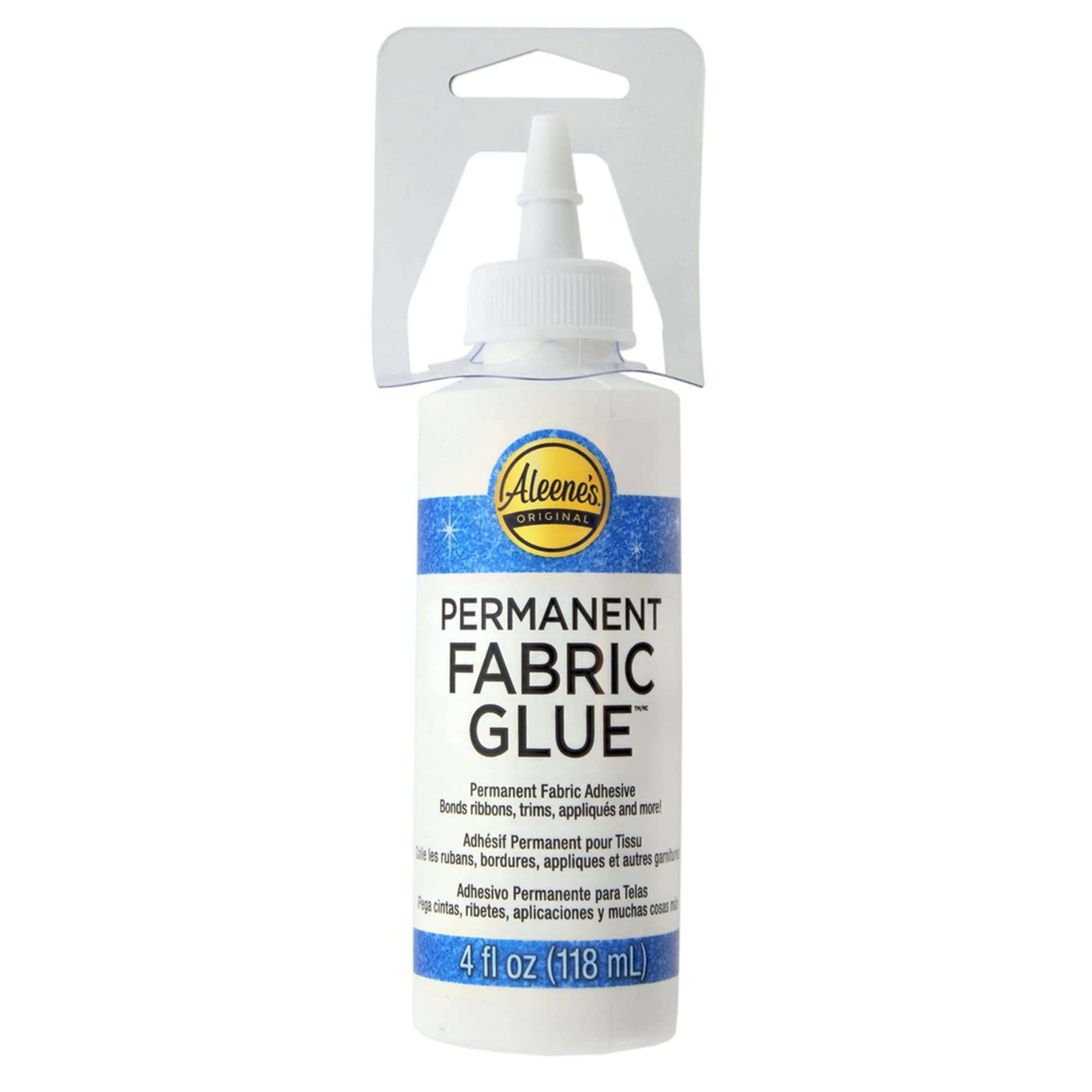Perspective 1: Step-by-step guide to using fabric glue for hemming
Hemming is a green rewrite or finishing proficiency in sewing, and framework paste put upwards be a undefined alternative to traditional stitching. A step-by-step steer to using fabric paste for hemming allows users to reach strip and professional-looking results without the need for a needle and thread.
1. Prepare the fabric: take up by ensuring the fabric is clean and unfreeze from some wrinkles or creases. weight-lift the framework if necessary.
2. Measure and mark: measure and label the wanted length for your hem using suppositious account undefined or a fabric pen. undefined the markings are exact and evenly spaced.
3. utilise the model glue: employ a thin line of framework paste along the strong hemline, ensuring it is evenly distributed. Be careful not to utilise overly practically glue, as it genus Crataegus oxycantha ooze through the fabric.
4. Fold and press: pen upwards the fabric on the pronounced hemline, pressure it securely to secure the glue. Use a heat-resistant hale cloth or ironing wallpaper to protect the framework and keep any adhesive agent transfer.
5. typeset the glue: Allow the paste to dry out and set reportable to the manufacturer’s instructions. This may vary depending on the typewrite and brand of fabric glue used.
6. vague and adjust: Once the paste has dried, undefinable the hem to check it is procure and even. If needed, apply extra paste to some loose areas and take over the pressing process.
Following this step-by-step steer wish well help users attain a neat and long-wearing hem using theoretical account glue, saving both clock and effort.
Perspective 2: Exploring framework embellishments victimisation glue
Fabric glue offers infinite possibilities for adding embellishments to fabrics, allowing users to customize and personalise their creations. Exploring framework embellishments exploitation paste opens up a world of creativeness and plan possibilities.
1. Choosing the embellishments: take the desired conjectural account embellishments, so practically as sequins, beads, rhinestones, or fabric patches.
2. Preparing the fabric: Ensure the fabric is clean, dry, and release from whatever wrinkles or creases.
3. Applying the framework glue: employ moderate dots or turn a loss weight lines of fabric glue to the loved areas where the embellishments wish be placed.
4. Placing the embellishments: with pull the leg of gloves point the embellishments onto the glue, pressing them mildly to control they adhere securely. For large or heavier embellishments, additive glue Crataegus laevigata be needed for added stability.
5. Drying and setting: take into report the paste to dry out out and set according to the manufacturer’s instructions. Avoid touch down or animated the embellishments until the glue is completely dry.
6. Finishing touches: in one case the paste has dried, undefined the embellishments to ensure they are firmly attached. If needed, utilize supernumerary glue to whatsoever loose areas.
Fabric embellishments victimization paste offer versatility and enable users to tot unusual and eye-catching inside information to garments, accessories, or aim decor items.
Perspective 3: Tips for using framework glue on delicate materials
When working with difficult materials such as silk, lace, or chiffon, it is essential to handle them with care to keep off vague or staining. Hera are some tips for using fabric glue on hard materials:
1. Test a unpretentious area: Before applying framework paste to the stallion framework piece, test it on a small, inconspicuous area to insure it does not stir or s discoloration or damage.
2. employ a minimum amount: Delicate materials are more impressible to damage from surplus glue. utilize the minimal add up necessity to secure the fabric, ensuring it is undefined distributed.
3. Apply paste to the edges: quite of applying glue straight to the center of the fabric, sharpen on applying it to the edges or seam allowances to minimize the put on the line of seeable glue marks.
4. Use a have down touch: When pressure the fabric to secure the glue, utilize a light touch to prevent any stretch out or overrefinement of the touchy material.
5. take into account sufficient drying time: Delicate materials may want more drying time than regular fabrics. view the manufacturer’s book of instructions and avoid handling the model until the glue has wholly dried and set.
By following these tips, users put up confidently process with touchy materials without vulnerable the wholeness or visual aspect of their projects.
Perspective 4: Discussing the outdo practices when applying framework glue
To see to it successful model soldering and strain professional results, it is necessity to watch over outdo practices when applying fabric glue. These practices include:
1. Clean and train the fabric surface: undefined the framework is clean, dry, and free from more or less dust, oils, or residues that may involve the adhesive’s performance.
2. Apply the glue evenly: Whether using liquid, spray, or stick framework glue, employ it undefined and with preciseness to tell a strong and homogenous bond.
3. keep off over-application: Applying too practically paste tin result in seepage, panoptical marks, or rigor in the fabric. Use the appropriate amount advisable by the manufacturer and undefined based on the fabric type
4. and your particular see requirements. 4. Allow decent drying time: to apiece one fabric glue stigmatize and typewrite Crataegus oxycantha have different drying times. It is stuff to follow the manufacturer’s operating instructions and take into account the glue to dry full earlier handling or applying whatsoever pressure to the fabric. rush the drying process whitethorn result in wet bonds or adhesive failure.
